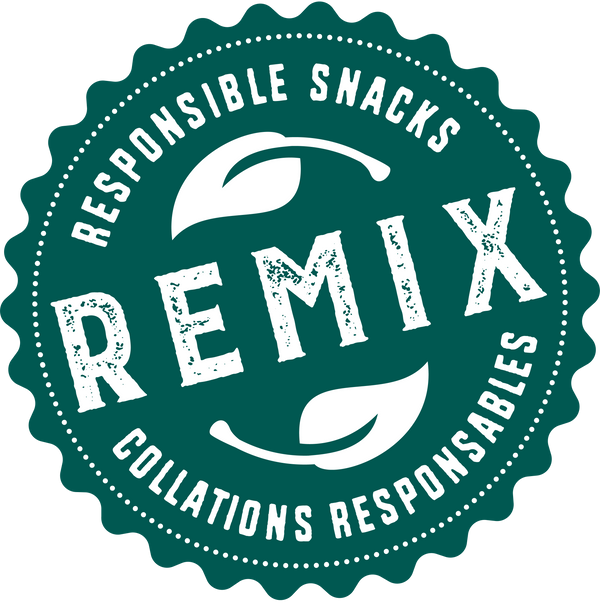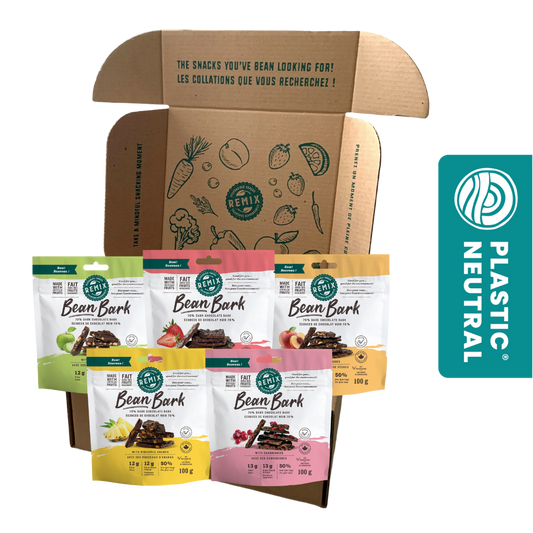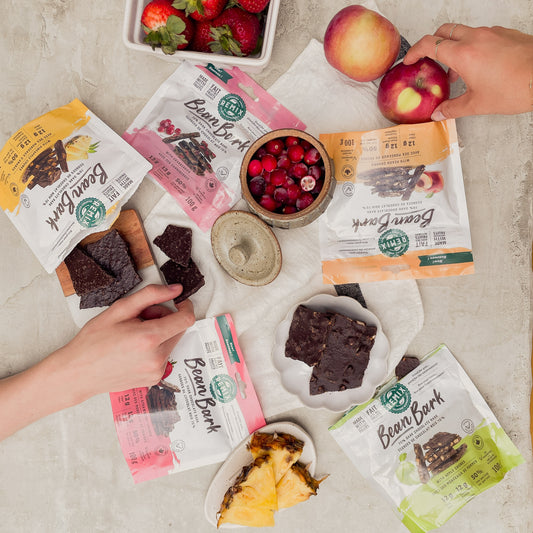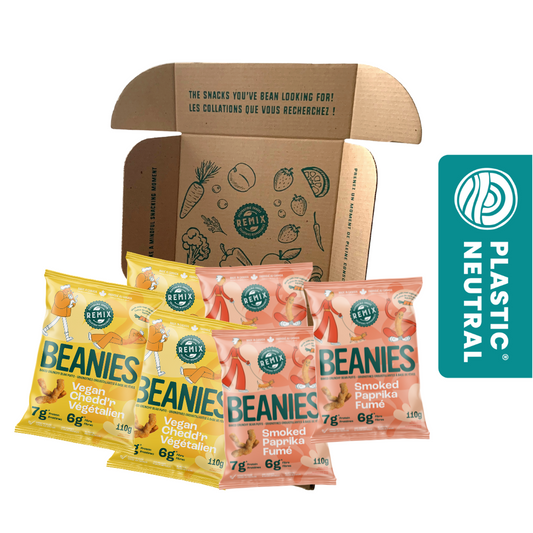Written by: Likai Gong, dietetics student, June 2024
Dehydration is one of the oldest and most widespread food preservation techniques that is used to extend the shelf-life of food. It removes water content from food, which inhibits the growth of bacteria, yeasts, and molds but retains most of its original nutrients (Carolyn,2022). With the development of technology, different ways of dehydration have appeared.
Today, we're diving into the world of dehydration—specifically, the differences between various dehydration methods—and why it matters for your health and taste buds.
Traditional Dehydration Methods: Sun Drying and Air Drying
These methods are two of the oldest and simplest methods used to dehydrate foods. Both of them involve the natural process of drying the food, which is eco-friendly and cost-effective. The slow-drying process also enhances the flavor of the food. However, these two methods are time-consuming and weather-dependent, which could lead to variable results (Ajmera,2022). Also, these methods have a high risk of contamination by insects, birds, and other environmental factors.
Conventional Dehydration Methods: Oven drying and dehydrator drying
These two methods use heat to evaporate water in the food. Oven drying is putting the oven on a low temperature (60 ° C), then using the warm air to remove the moisture from the food. Dehydrator drying is currently the most commonly used method. A food dehydrator can control the drying environment more compared to an oven (Hill, 2022). It is an electrical appliance equipped with a timer, a temperature gauge, and a fan, which not only provide consistent temperature but also ensure adequate airflow during drying (Lang, 2024).
These two methods are more efficient compared to the traditional method, and they can give more consistent results. However, due to the heat, food may lose some nutrients and alter the taste during the process.
Freeze-Drying:
This method involves freezing the food and then reducing the surrounding pressure to create a vacuum, which allows the ice in the food to sublimate directly from the solid phase to the gas phase.
Compared to the previous dehydration methods, this method retains most of the nutritional content of the food and maintains the original flavor of the food the most. It also resembles the color and shape of the fresh food and gives a crunchy texture (Renwick, 2024). Most importantly, freeze-drying gives a longer shelf-life compared to other dehydration methods due to this method can remove even more water content (under 5% vs 10-15%). However, compared to dehydrator drying, freeze-drying method is more energy and time-consuming, and more expensive (Lang, 2024).
Remix’s Approach
At Remix, we adopt both dehydrator drying and freeze-drying for our fruits in bean bark. We believe what makes our snacks truly special is the care we put into selecting the best ingredients and preparation methods. By incorporating a variety of dehydration methods, we can leverage the strengths of each technique to enhance the quality, taste and nutrition of our products.
Reference:
Ajmera, R. (2022, April 21). How to Dehydrate Food: Methods, Benefits, Tips, and More. Healthline.
https://www.healthline.com/nutrition/dehydrated-food#methods
Carolyn, J (2022, April 2). Freeze-Dried vs. Dehydrated Foods (What’s the Difference?).Homesteading Family.
https://homesteadingfamily.com/freeze-dried-vs-dehydrated-foods/
Hill, J. (2022, August 31). FREEZE DRYING VS. DEHYDRATION. Commercial Dehydrators of United Kindom. https://www.commercialdehydrators.co.uk/post/freeze-drying-vs-dehydration
Lang, A. (2024, January 30). How Does Freeze-Drying Work and Are Freeze-Dried Foods Healthy? Healthline.
https://www.healthline.com/nutrition/freeze-drying
Renwick, R. (2024, March 6). Freeze Dry vs Dehydrated Foods: Comparing Preservation Methods. Kanpai foodz. https://kanpaifoods.com/blogs/news/freeze-dry-vs-dehydrated-foods-comparing-preservation-methods





